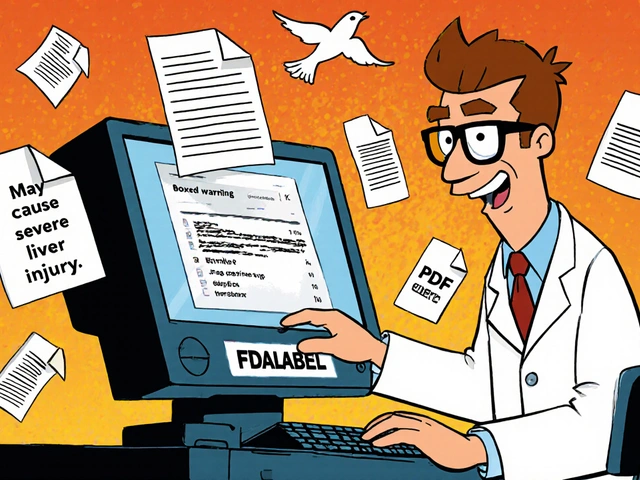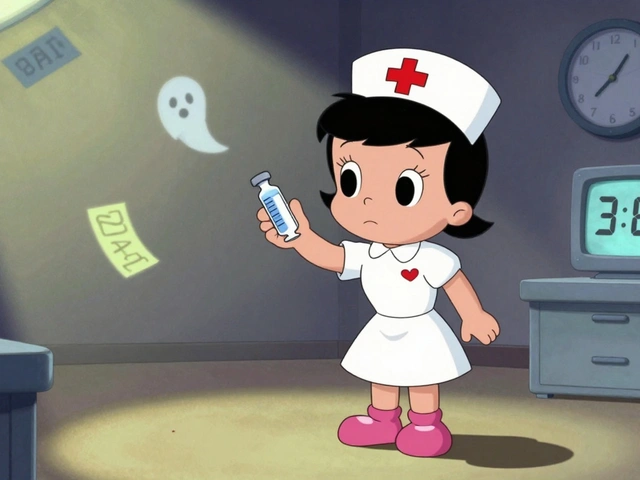Cholesterol Lowering Made Simple
If you’ve seen a high LDL number on your lab report, you’re probably wondering what you can do right now. The good news is that lowering cholesterol isn’t about extreme diets or impossible workouts – it’s about small, consistent changes you can fit into daily life.
Everyday Habits That Cut Bad Cholesterol
First up: food. Swap out saturated fats like butter and fatty cuts of meat for healthier options such as olive oil, avocado, and skinless poultry. Adding soluble fiber – think oats, beans, apples, and carrots – helps pull cholesterol out of your bloodstream.
Don’t forget about plant sterols and stanols. These naturally occurring compounds, found in fortified spreads and some yogurts, block cholesterol absorption. A single tablespoon a day can shave off a noticeable amount of LDL.
Exercise is another easy win. You don’t need to run marathons; even brisk walking for 30 minutes most days lowers triglycerides and raises the good HDL cholesterol. Consistency beats intensity here – aim for a habit you’ll keep.
Weight matters, too. Shedding just 5‑10% of body weight can improve your lipid profile dramatically. Focus on portion control and mindful eating rather than crash diets; steady progress is more sustainable.
Smoking and excessive alcohol both raise bad cholesterol and damage blood vessels. Quitting smoking improves HDL levels within weeks, while limiting alcohol to one drink a day for women or two for men helps keep triglycerides in check.
When Medication Might Be Needed
If lifestyle tweaks aren’t enough, talking to your doctor about medication is the next step. Statins are the most common prescription; they lower LDL by up to 50% and have a solid safety record for most people.
Some prefer non‑statin options like ezetimibe or PCSK9 inhibitors, especially if statins cause side effects. These drugs work differently but still aim to reduce cholesterol buildup in arteries.
Regardless of the pill you end up on, regular blood tests are key. Your doctor will monitor liver function and muscle health to ensure the medication is safe for you.
Remember, medication works best when paired with a healthy lifestyle. Even on a prescription, keeping up with good eating habits and exercise amplifies the benefits and may allow lower doses over time.
Bottom line: lowering cholesterol is doable without drastic measures. Swap out unhealthy fats, add fiber, move your body daily, keep weight in check, and quit smoking. If you still need a boost, discuss options with your healthcare provider and stay on top of follow‑up labs. Small steps now can mean a healthier heart later.




